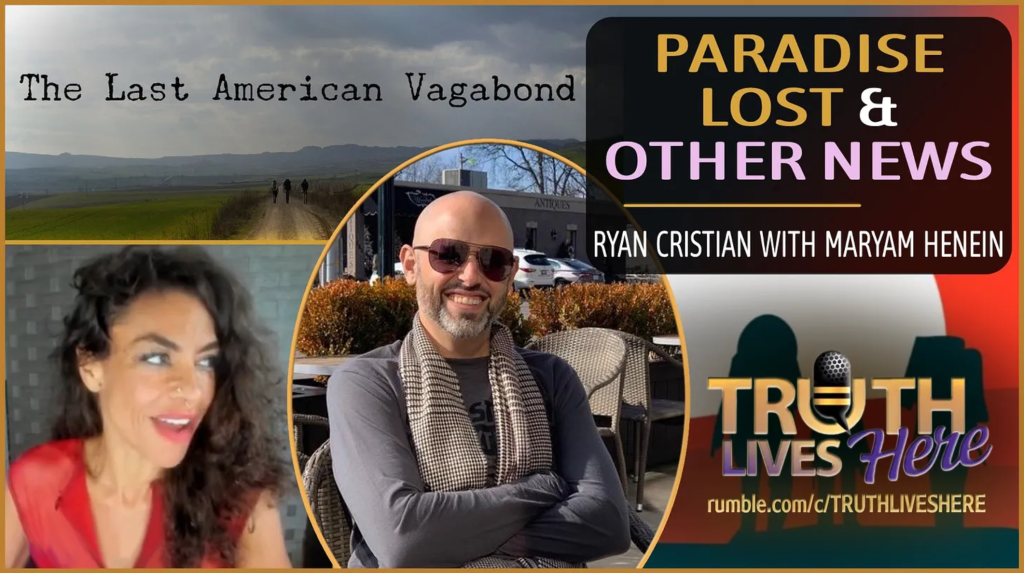In a recent interview on “Truth Lives Here,” independent journalist Ryan Cristián, known for his work with “The Last American Vagabond,” discussed pressing issues surrounding media integrity, geoengineering, and climate change manipulation. Cristián, a recipient of the Serena Shim Award for Uncompromising Integrity in Journalism, emphasizes the need for transparent reporting devoid of corporate media’s sensationalism. His insights aim to cut through the noise of the ambiguous news cycle, providing clarity and promoting common sense in an age rife with misinformation. As a writer and editor, Cristián dedicates himself to uncovering truths often lost in mainstream narratives, highlighting issues that undermine public understanding of critical global events.
The conversation also touched upon the concept of “weather warfare,” alluding to technologies such as HAARP and the more clandestine aspects of geoengineering. Cristián suggested that the current societal framing around climate change is, in fact, a guise for more sinister agendas, such as land confiscation and the transformation of urban landscapes into “smart cities.” He pointed to recent comments from Tampa’s Mayor Jane Castor, who warned residents that failure to evacuate could result in dire consequences. Cristián’s commentary raises alarms about the potential for manipulation and control under the auspices of climate-related emergencies.
The removal of critical weather modification data from the National Oceanic and Atmospheric Administration (NOAA) website further fueled Cristián’s concerns. He noted that at least 103 pages related to weather modification have been taken down, along with access to NEXRAD radar inventory information. This lack of transparency raises questions about the government’s involvement in weather modification and geoengineering initiatives. For many, these topics may seem sensational; however, Cristián encourages viewers to engage with scientific literature and public admissions from authorities acknowledging what were once considered fringe conspiracy theories.
Cristián’s perspective on weather events evolves around the notion that they are often manufactured to justify climate action in a testing environment. By examining evidence from reputable scientific documentation and official disclosures, he calls for a more robust dialogue on geoengineering and its implications. His views challenge the audience to reevaluate accepted narratives and consider the broader implications of state-run weather modification programs. Accepting the complexity of these issues may pave the way for fewer barriers between public knowledge and scientific advancements.
Furthermore, Cristián provides insights into how media coverage plays a pivotal role in shaping public opinion regarding climate policies and interventions. The interplay between technology, government agendas, and public perception is critical in understanding current climate discourse. Cristián argues that the public must keep an informed pulse on these developments as they prepare for what is projected in the coming years, especially as these discussions become increasingly intertwined with global policies and societal norms.
In summary, the conversation between Maryam Henein and Ryan Cristián emphasizes the need for transparency and integrity in journalism amidst unfolding socio-political agendas surrounding climate and weather manipulation. Cristián’s diligent scrutiny reflects a broader concern about how information is controlled and presented to the public. By urging listeners to reflect critically on the realities of geoengineering, weather warfare, and the ongoing transformation toward smart cities, the discussion paints a vivid picture of an urgent call for awareness and action in an increasingly complex world. The interplay of advanced technology and governmental control poses challenges that require vigilance and informed skepticism from the public.

